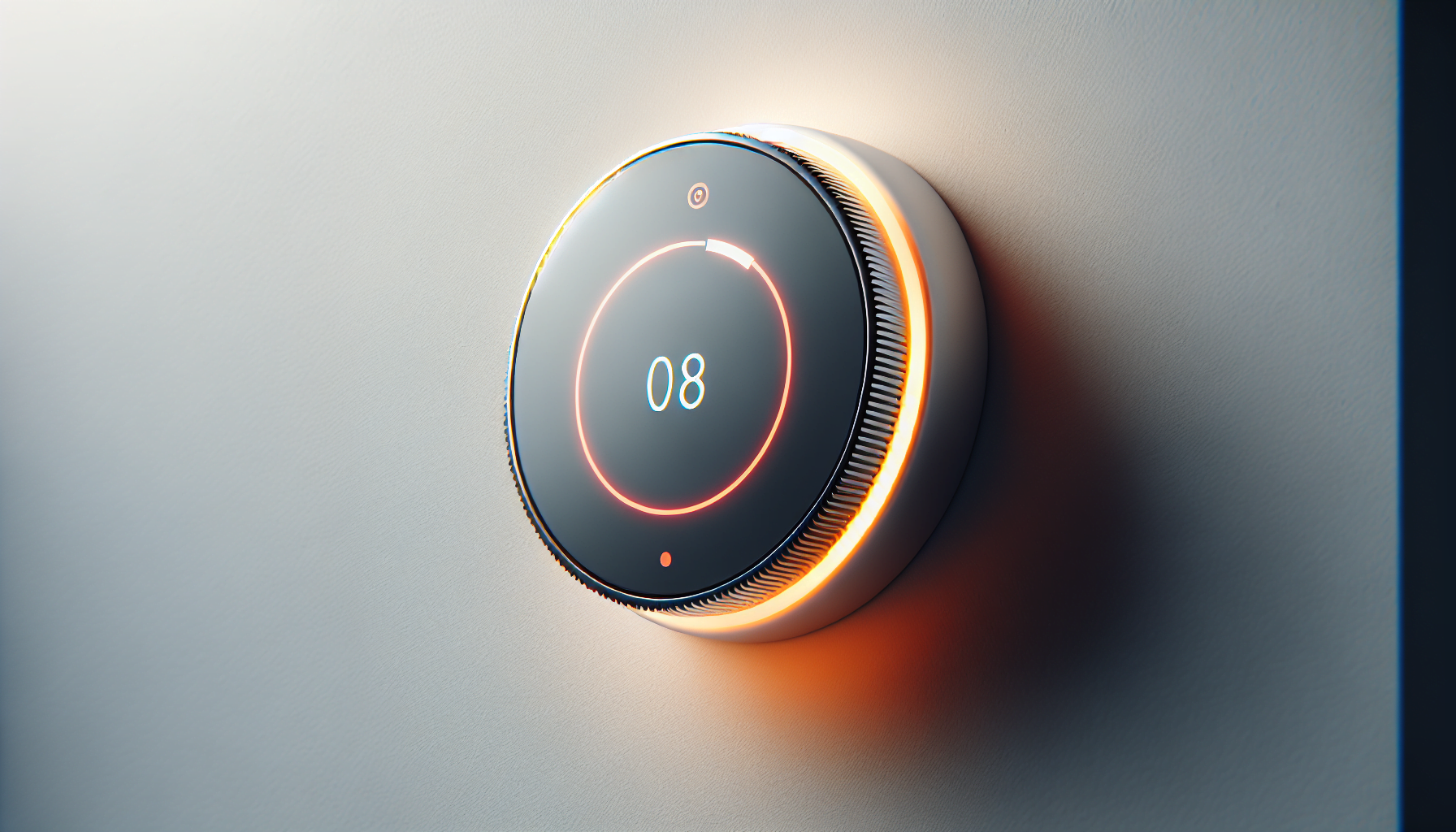A red light on your thermostat often signals a call for help. It’s like your geothermal system’s version of a cry in the night, alerting you that something’s amiss in the depths of its circuitry.
Just as a lighthouse warns ships of hidden dangers, that little red beacon on your thermostat is your first hint of trouble in your eco-friendly haven. It’s a silent scream for attention that can leave even the most seasoned DIYers scratching their heads.
With a gentle nod to the countless hours I’ve spent deciphering the whispers of geothermal systems, we’ll navigate the murky waters of red light mysteries together.
Rest assured, by the end of this article, you’ll be equipped with the knowledge to not only understand but also troubleshoot the red light’s urgent message.

Decomposeing the Enigma: Red Light on AC Units

Decoding the Red Alert: Understanding Your AC’s Distress Signal
You’ve noticed it-the ominous red light on your thermostat. It’s not just there for show; it’s a distress signal from your AC unit. Think of it as your unit’s way of saying, "Hey, I need a little help here!" This could be due to power failures or component malfunctions. It’s like when your car’s check engine light comes on. You know it’s time to pop the hood and take a closer look.
Power Struggles: When Your AC Feels Under the Weather
Imagine your AC as a marathon runner. If it doesn’t get the right energy input, it’s going to stumble. A red light could mean there’s a power issue. Maybe it’s a simple trip of the circuit breaker, or perhaps the unit is not receiving power at all. It’s like when your phone won’t charge because the outlet’s not working. You’d check the plug, right? Same deal with your AC.
Component SOS: The Inner Workings Cry for Attention
Now, if it’s not a power issue, your AC’s components might be the culprits. Think of these parts as the organs of your unit-each one important for healthy operation. From a clogged filter to a faulty compressor, the red light could be a sign of internal distress. It’s akin to feeling a sharp pain in your side and knowing it’s time to see a doctor.
DIY Diagnostics: Be Your Own AC Detective
Before you call in the pros, there’s some detective work you can do. Start with the basics: check the power supply and reset the unit. It’s like rebooting your computer-sometimes that’s all it takes to fix the glitch. If that doesn’t work, take a look at the manual. It often has a troubleshooting guide, just like those helpful hints in a challenging puzzle game.
When to Wave the White Flag: Seeking Professional Calvary
Let’s be real, sometimes you’ve got to know when to call in the cavalry. If you’ve tried the reset, checked the components, and still, that red light glares at you, it’s time to contact an AC specialist. It’s like when you’ve tried all the home remedies for a cold, but you just can’t shake it. No shame in seeking professional help.







